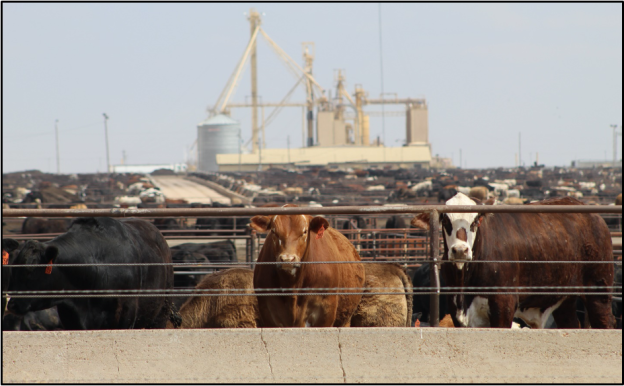The following post is one of a series previewing the research that will be presented at the SETAC North (SciCon4), 14–18 November 2021.
A guest post by Yeraldi Loera, Ph.D. student at Princeton University
Instances of are widespread across the globe. Pesticides are commonly used in agriculture to combat pests, but can also harm other, non-targeted organisms. Exposure to some pesticides can lead to disruption in the endocrine system, altering reproductive development and fitness. showed this kind of disruptive effect across populations of American alligators (Alligator mississipiensis) that were exposed to a pesticide (DDT) spill in Lake Apopka, Florida. Surprisingly, in the same region showed a rebound in the population following their exposure, suggesting possible evolved resistance to pesticide contamination.
Continue reading

